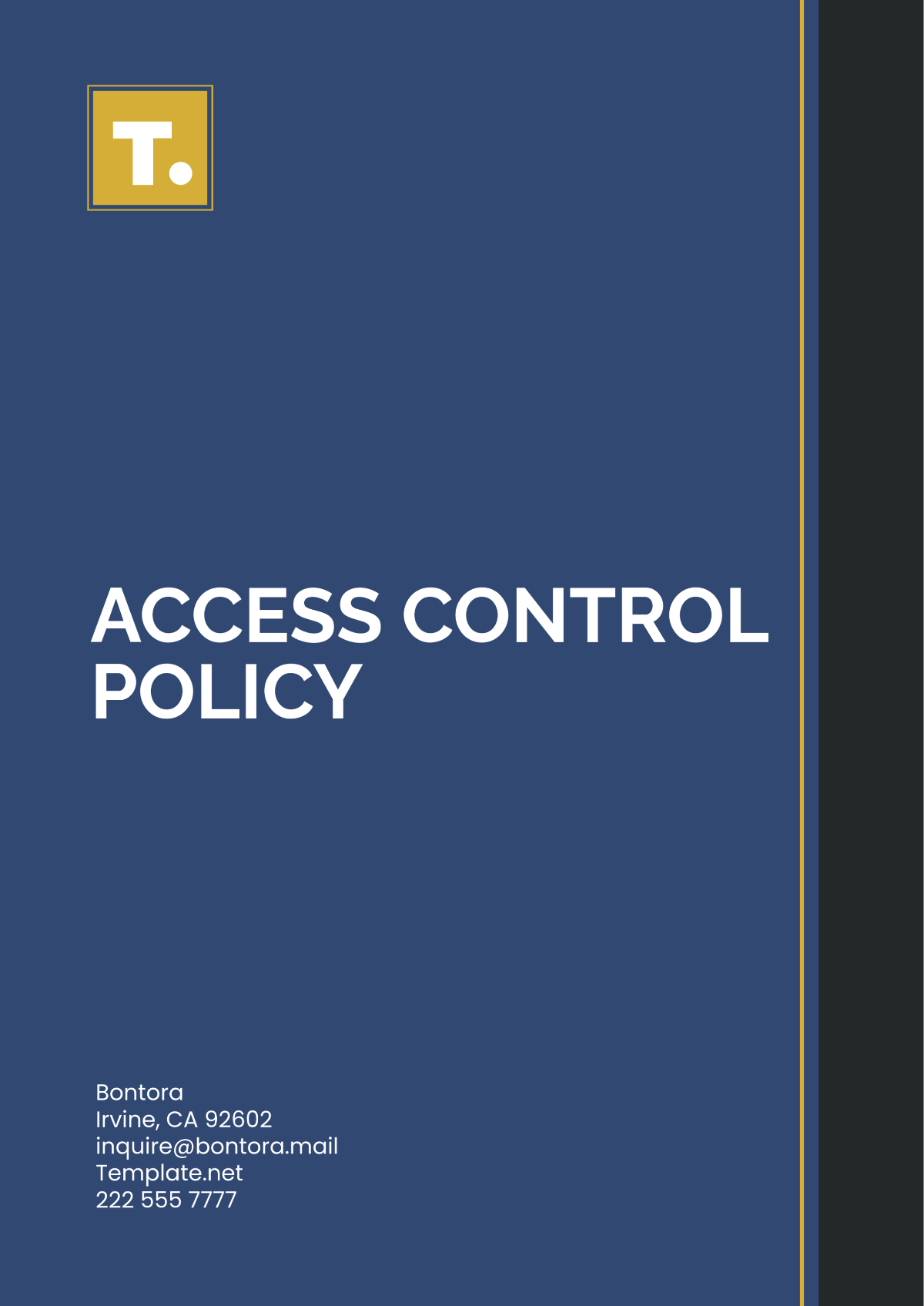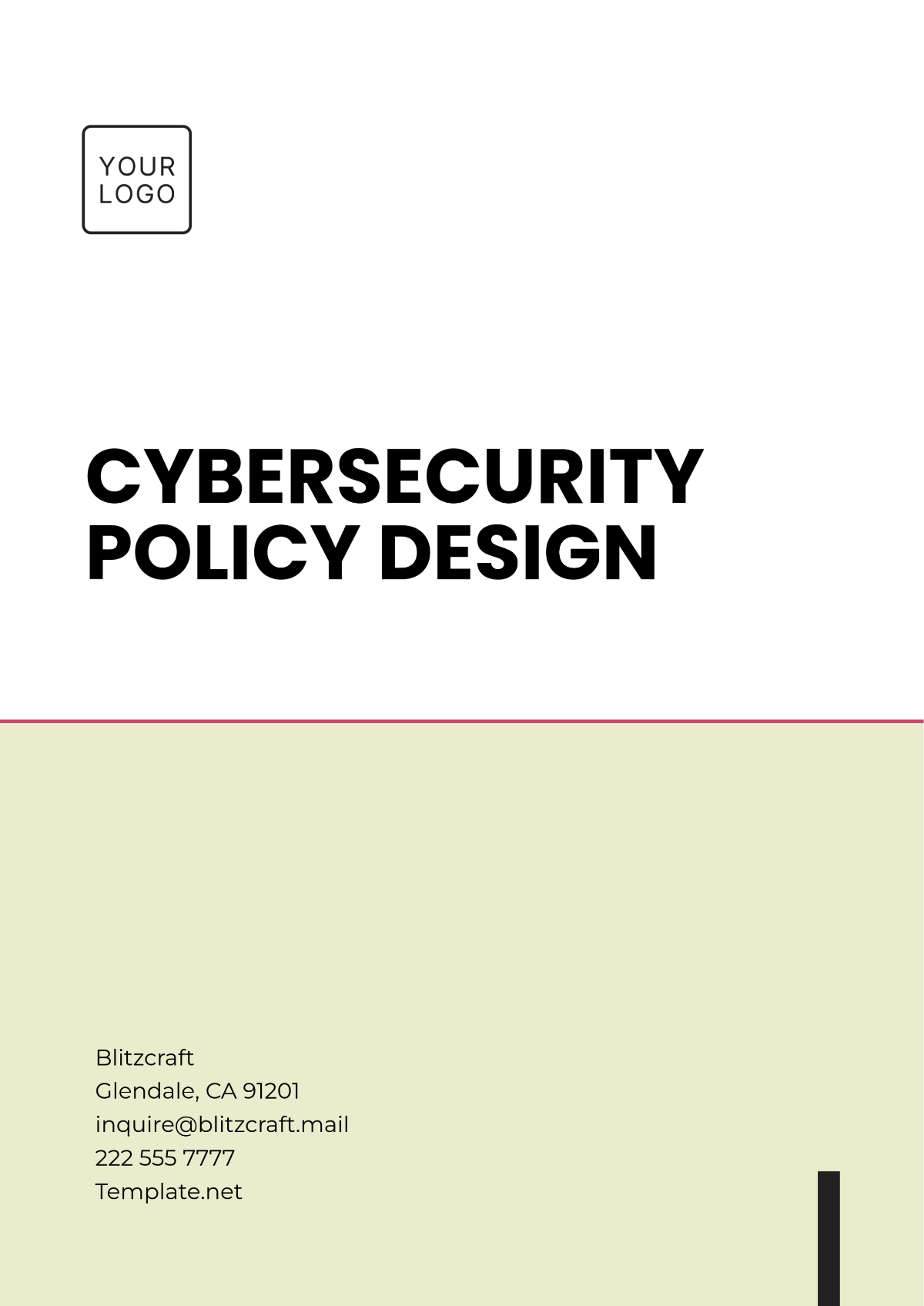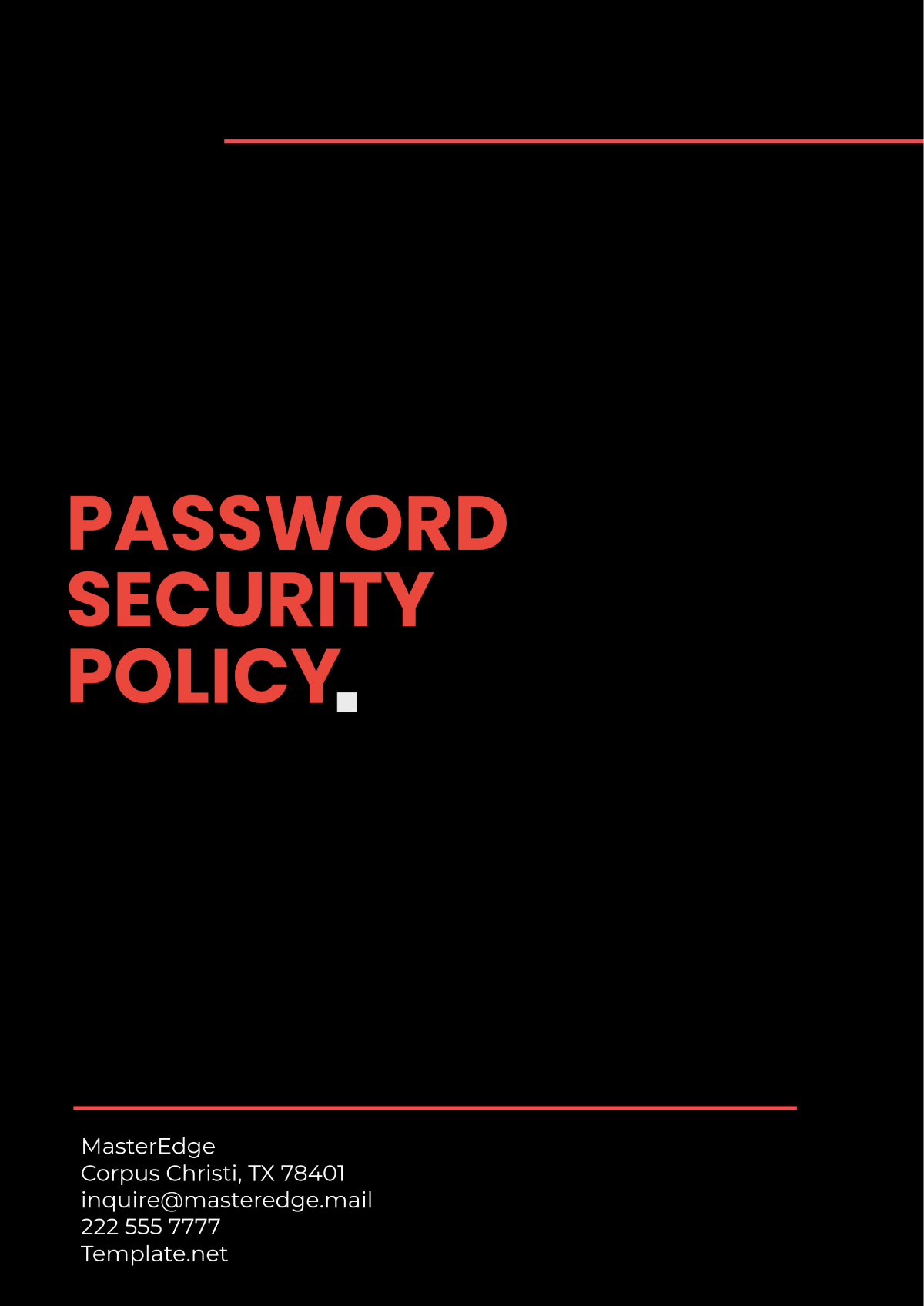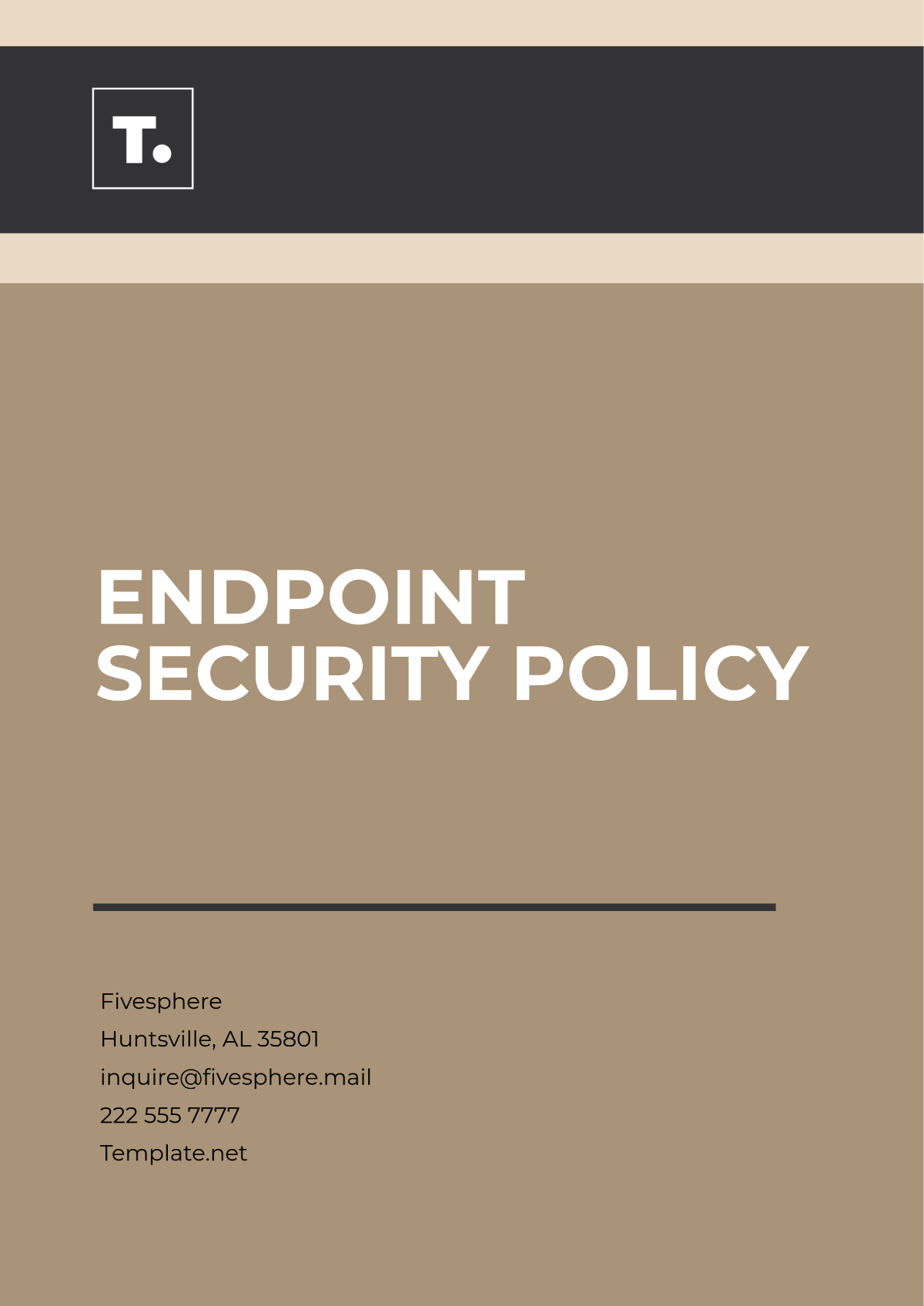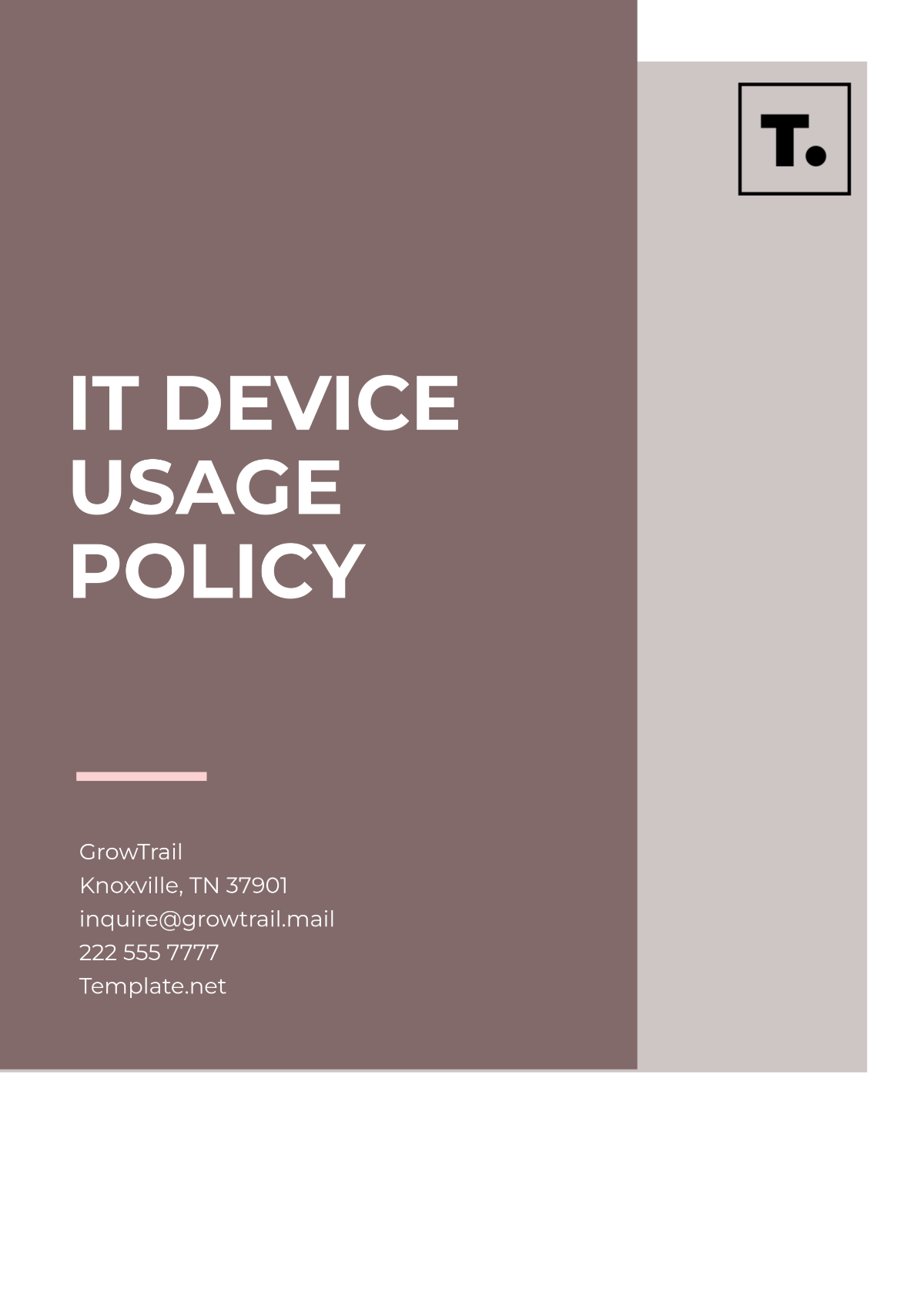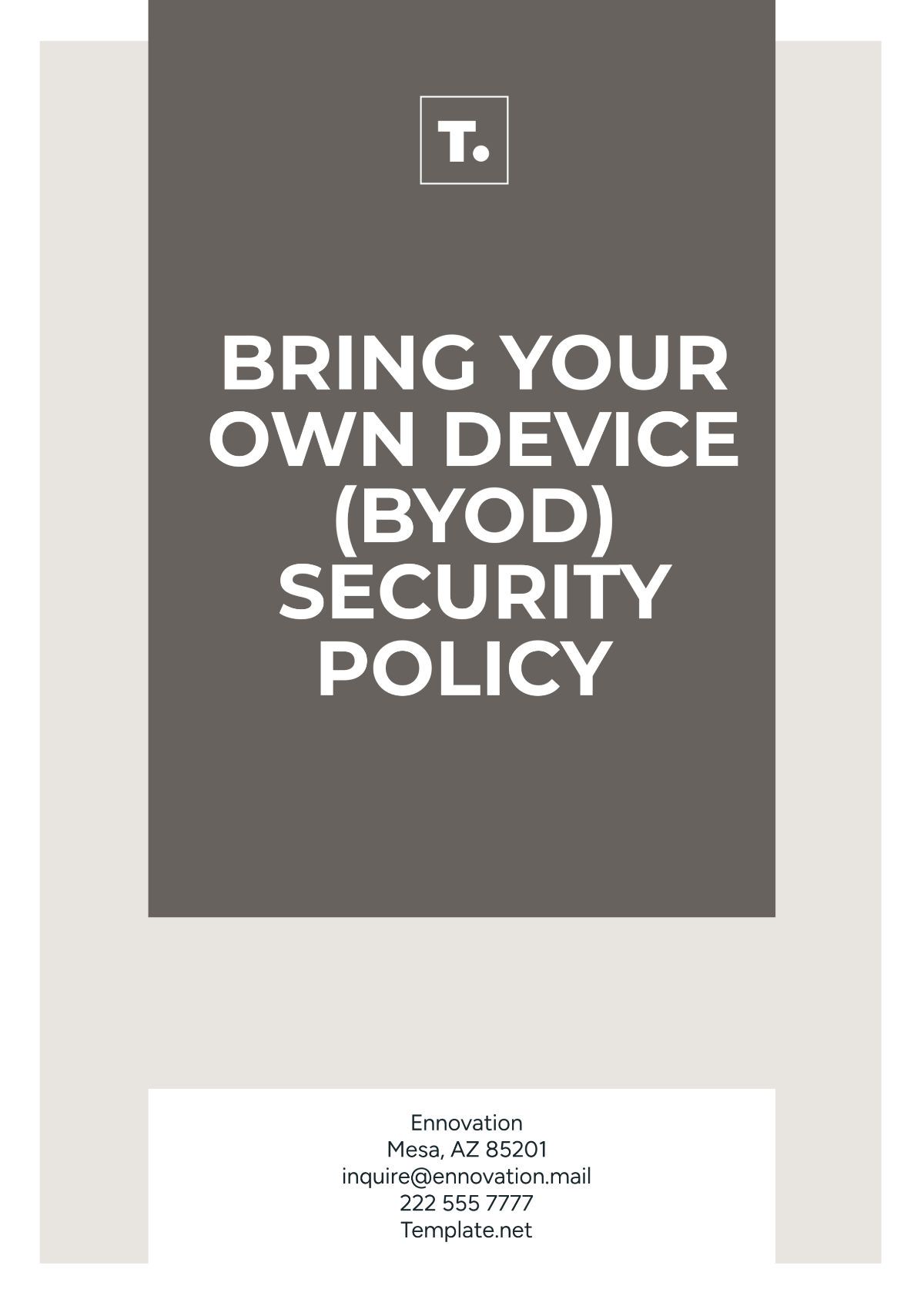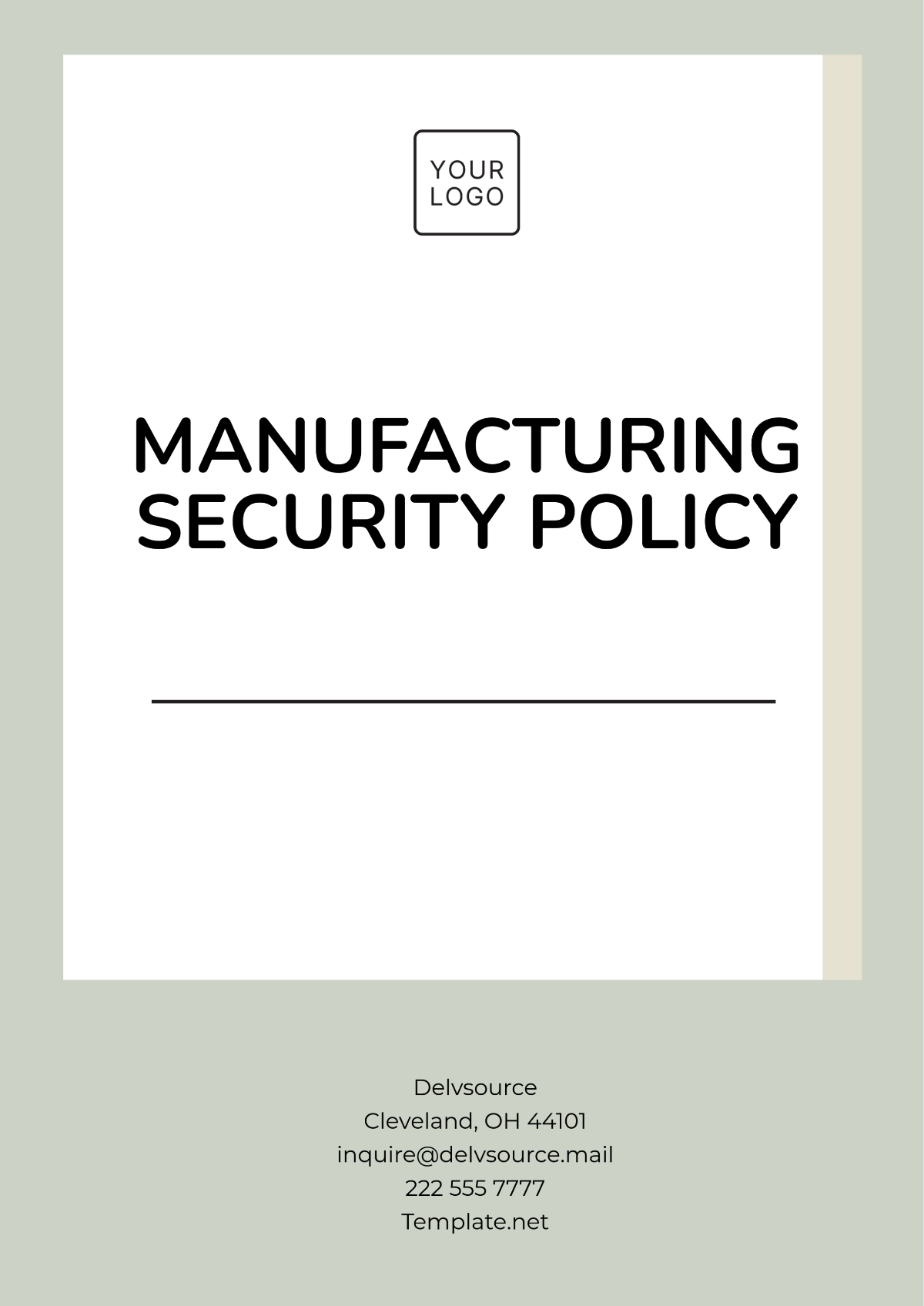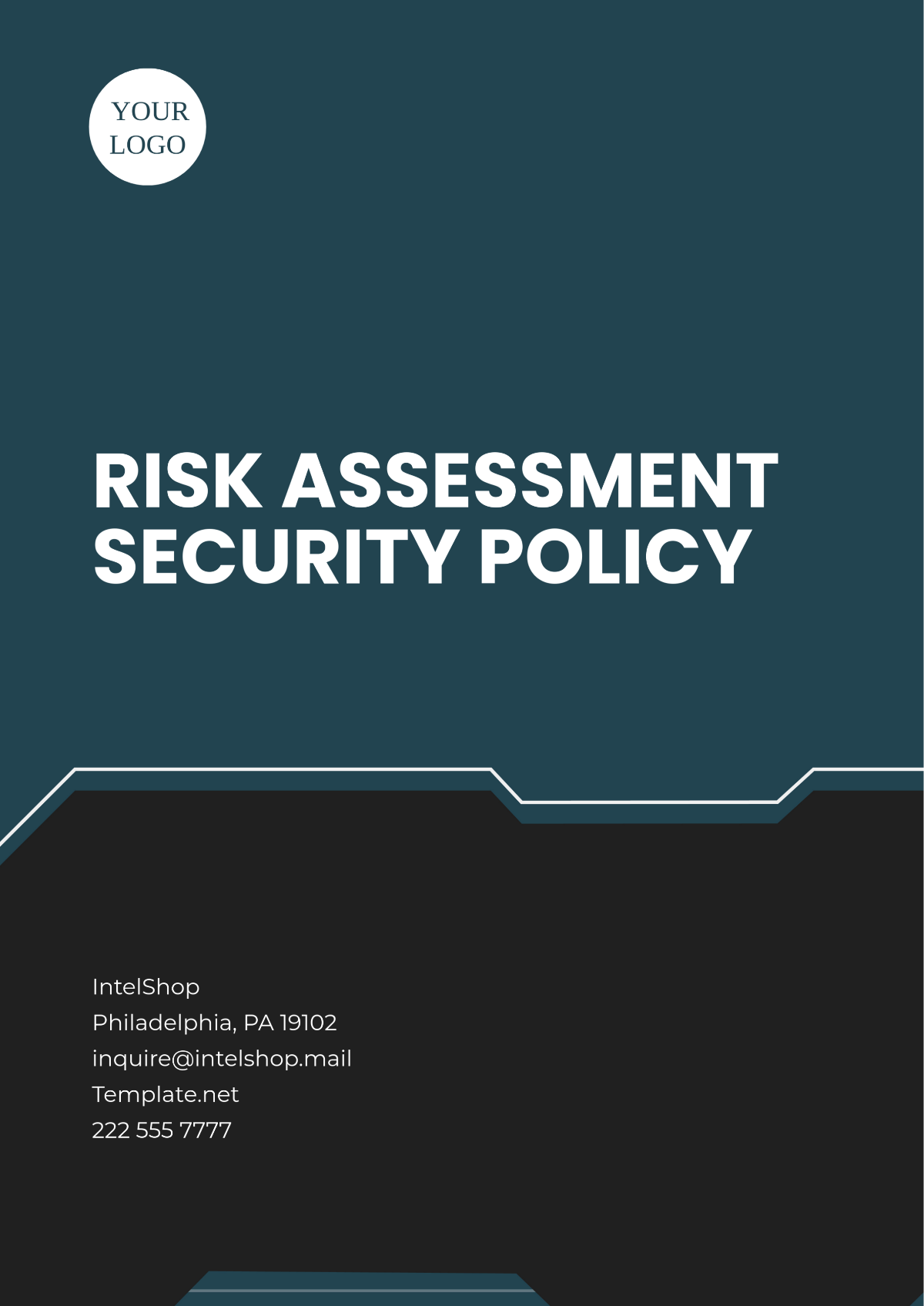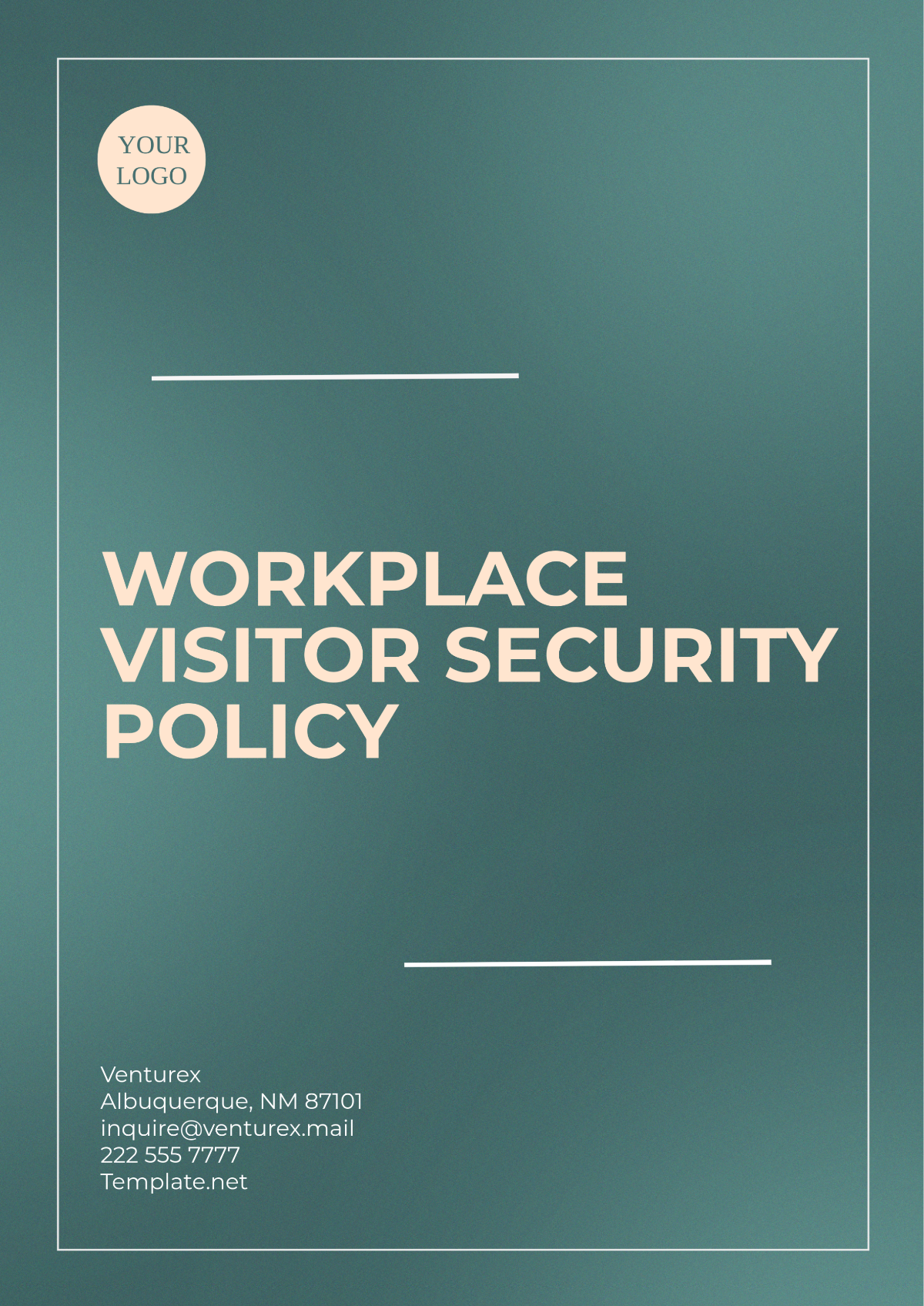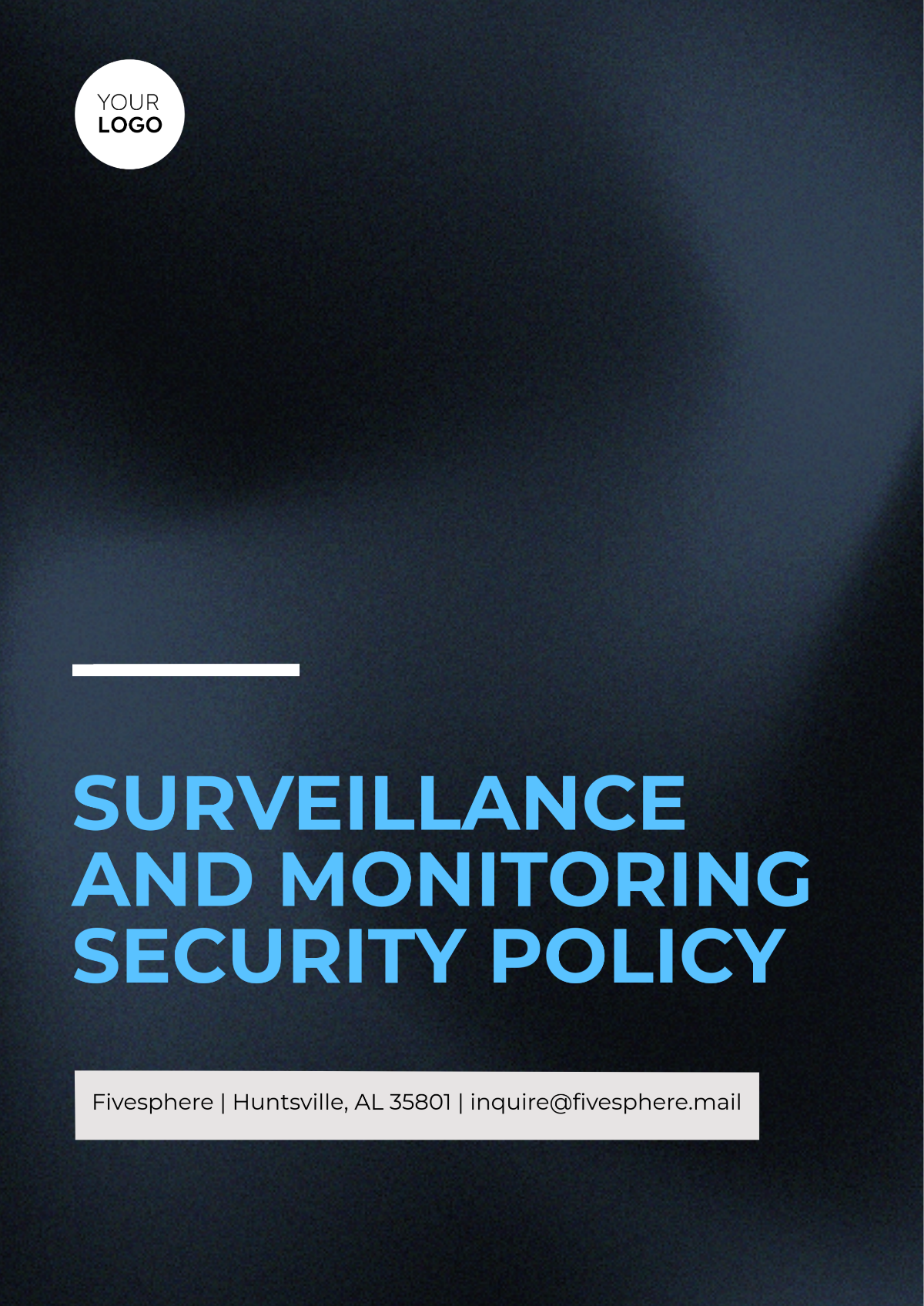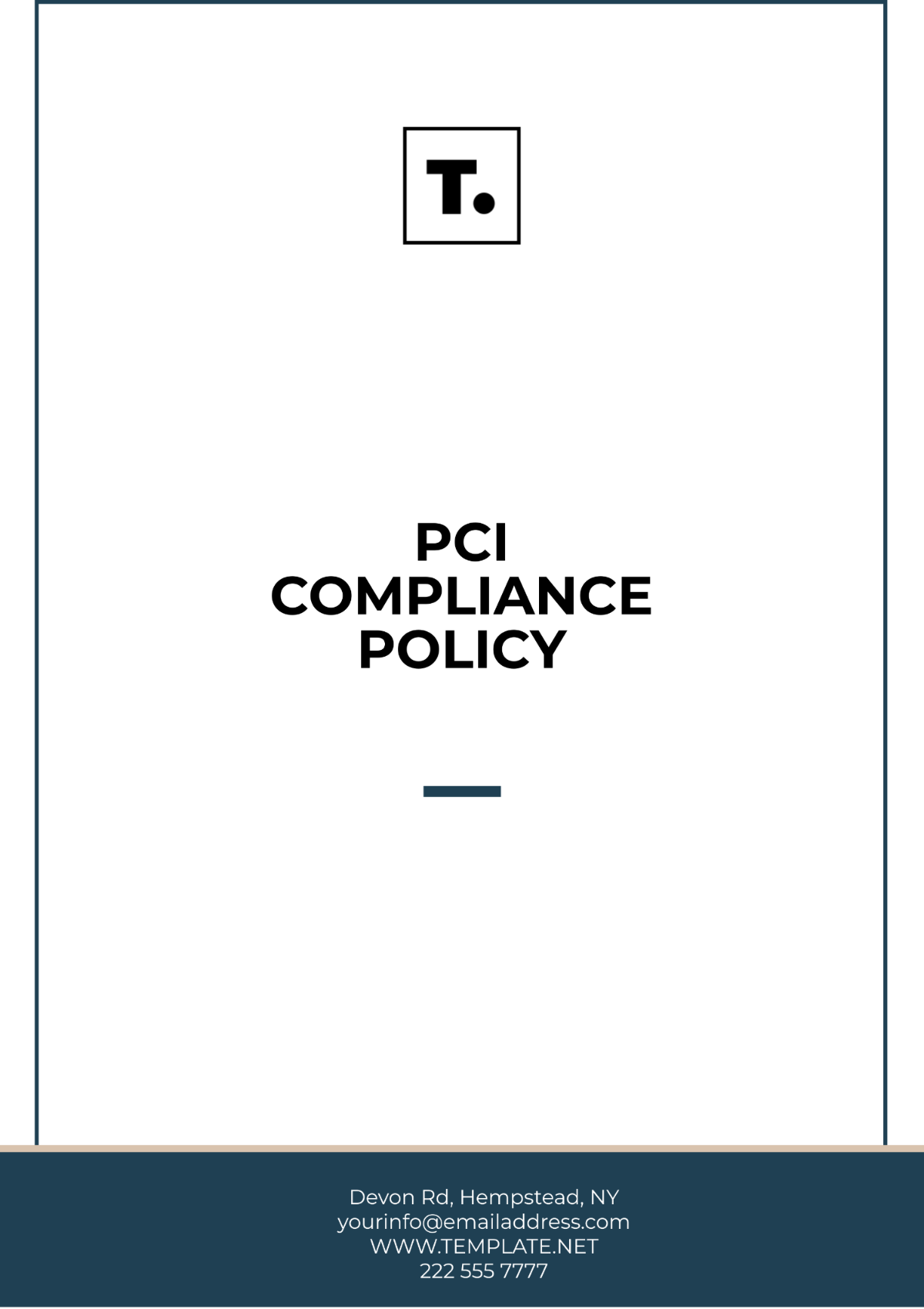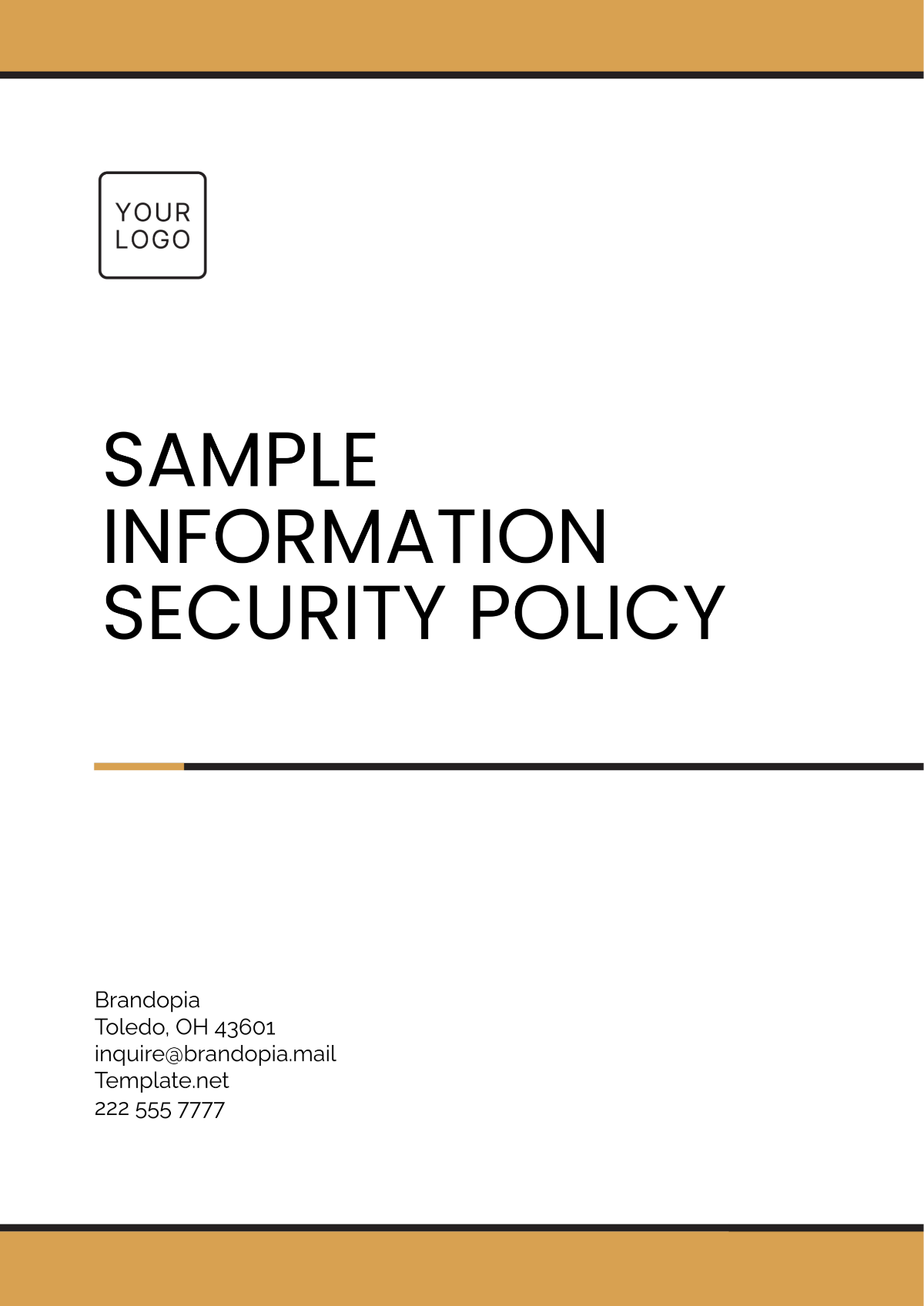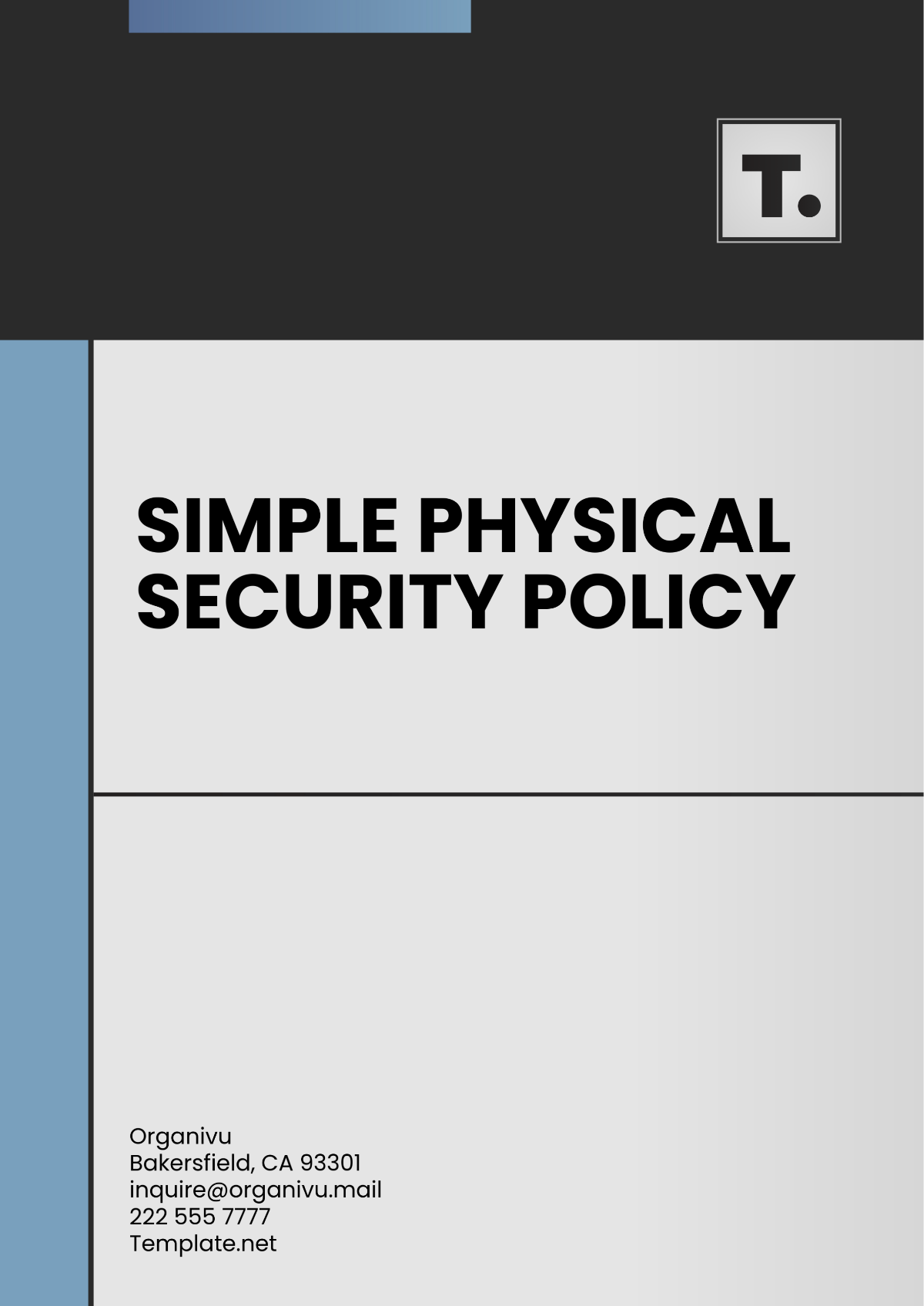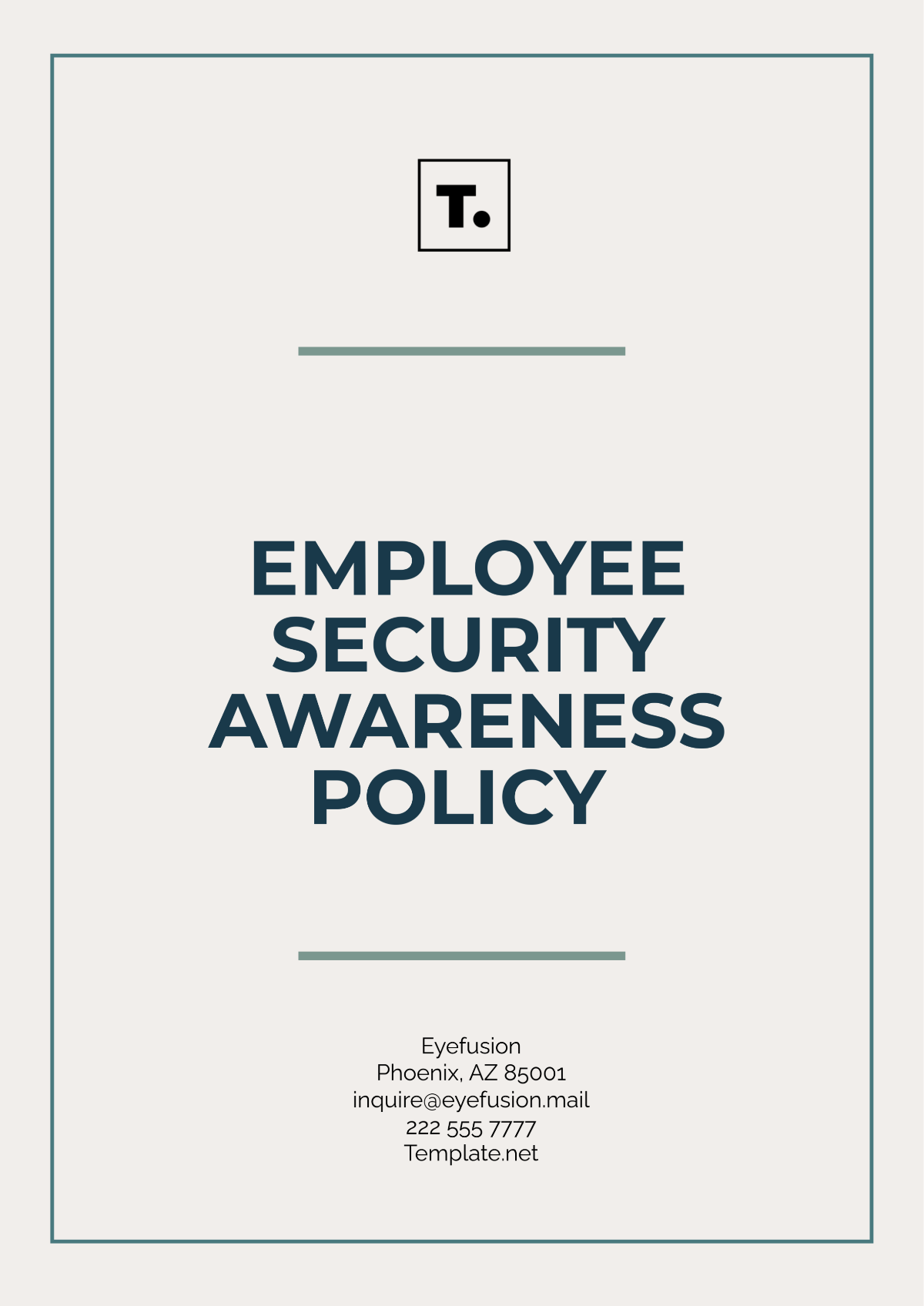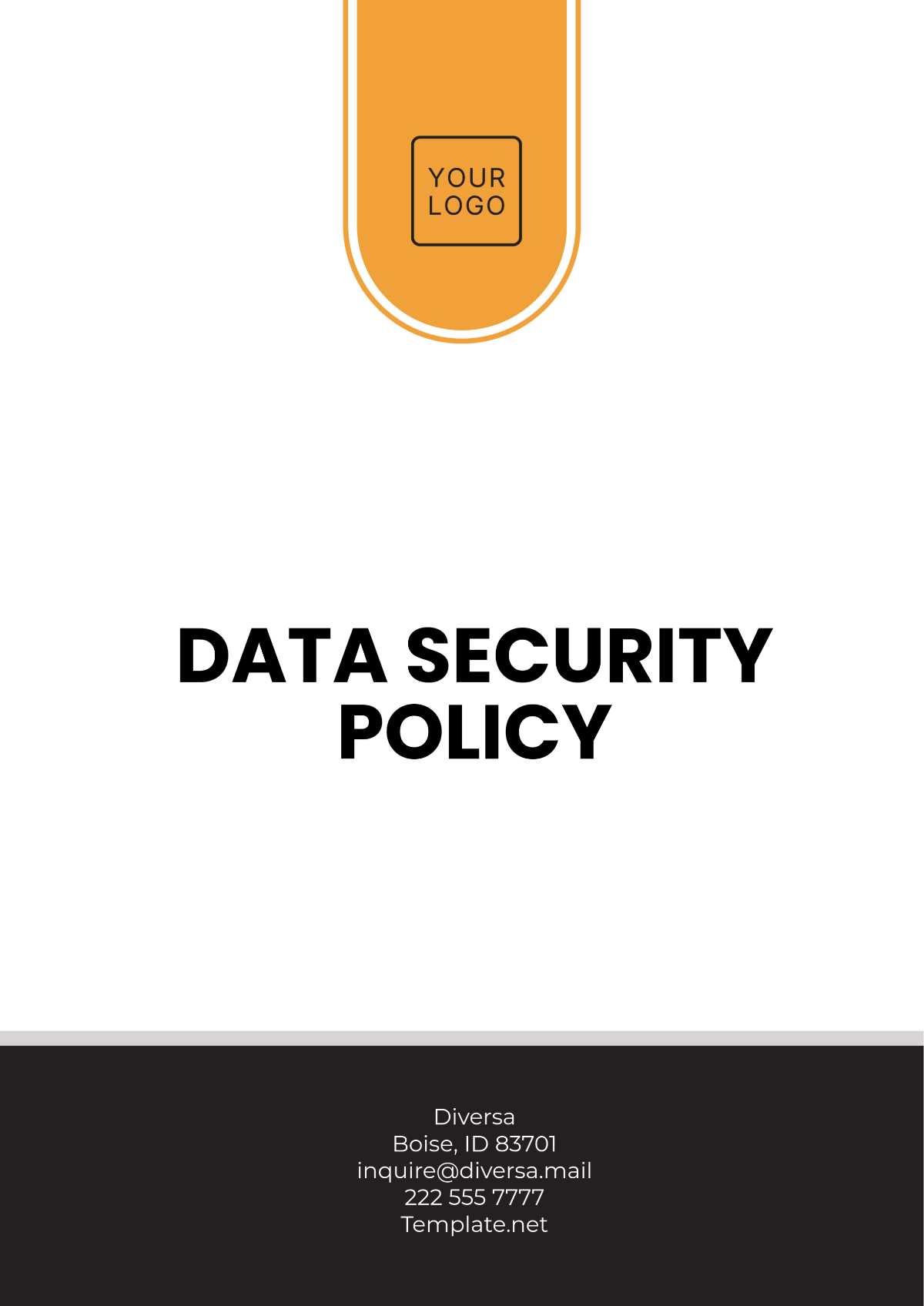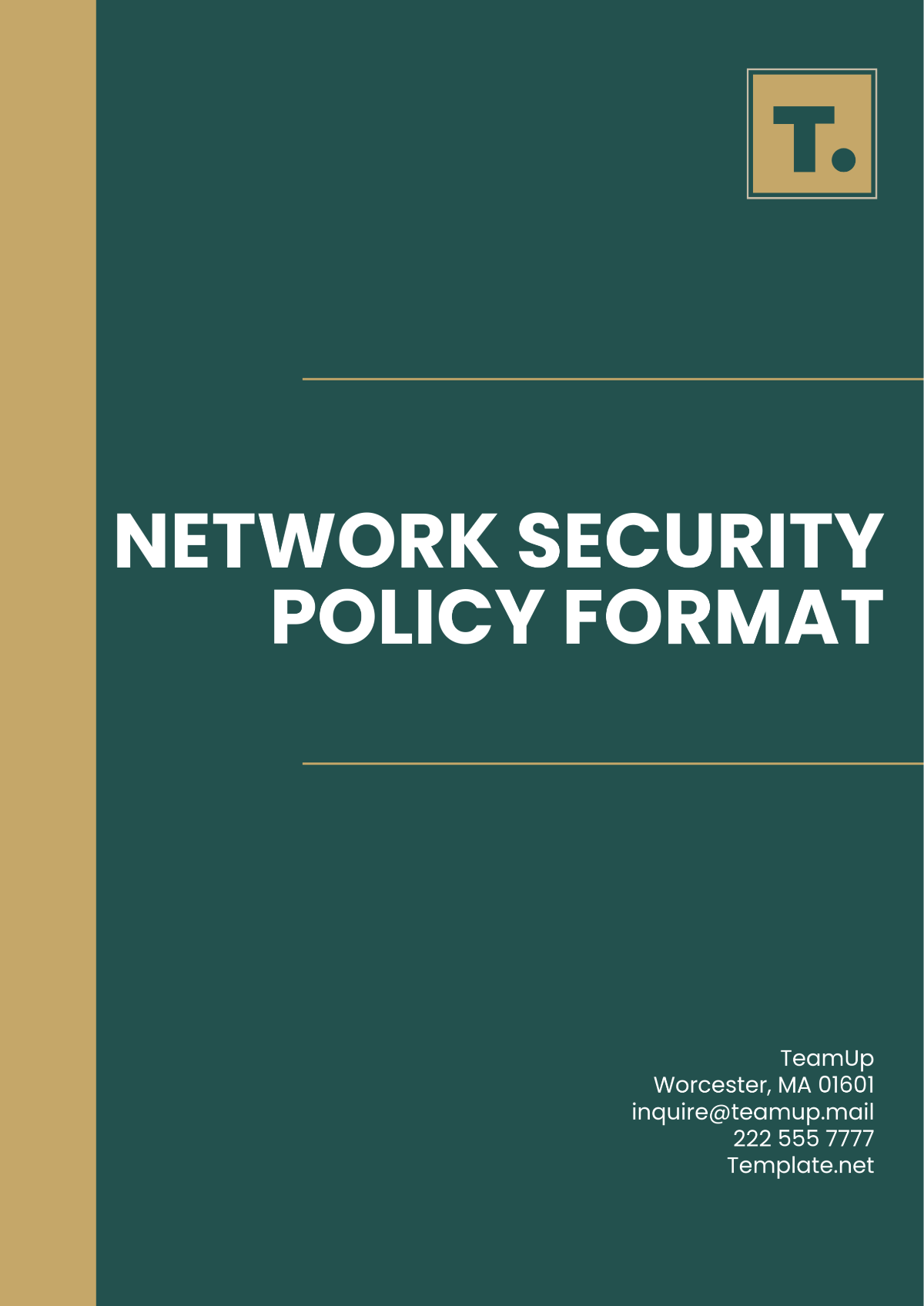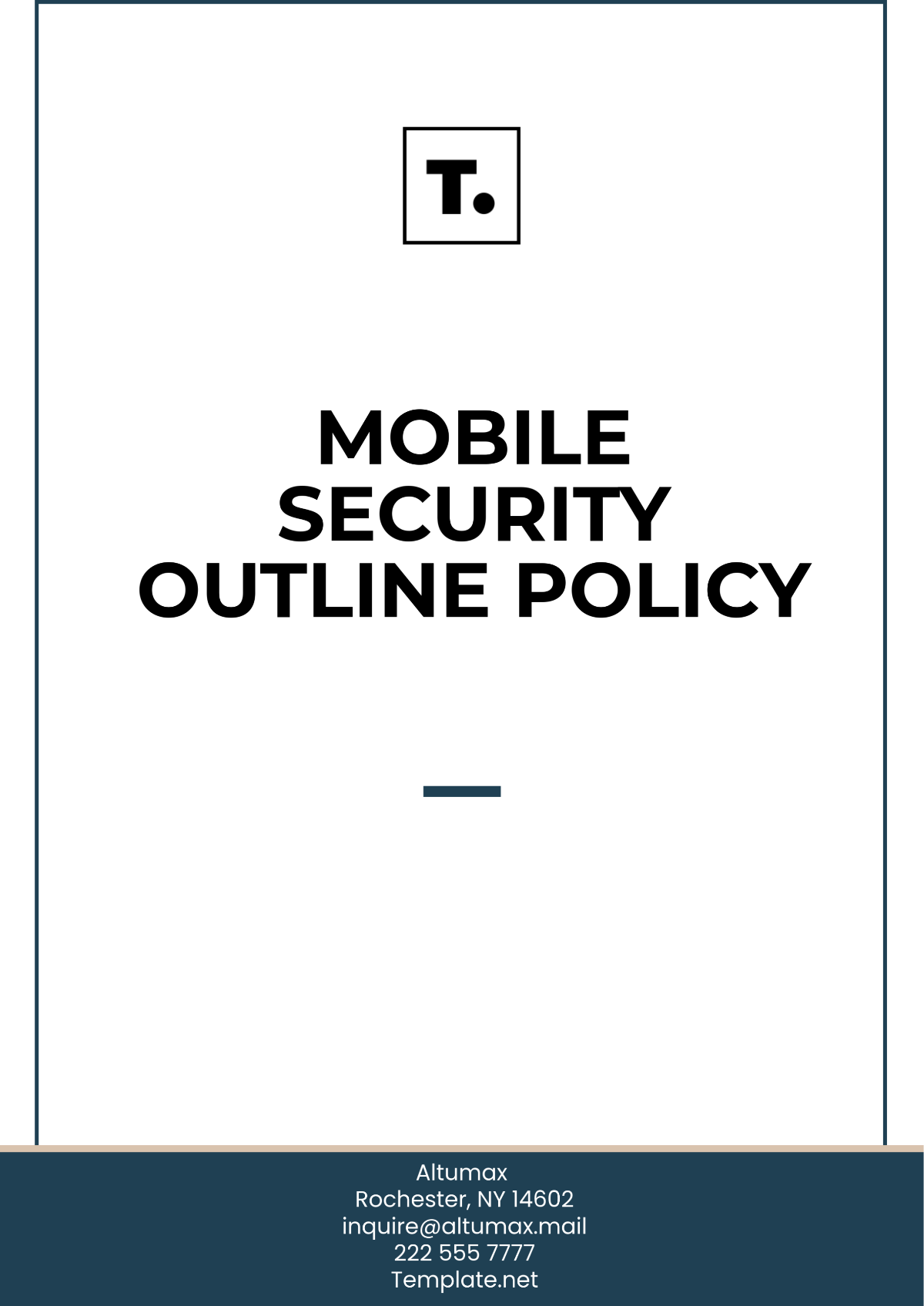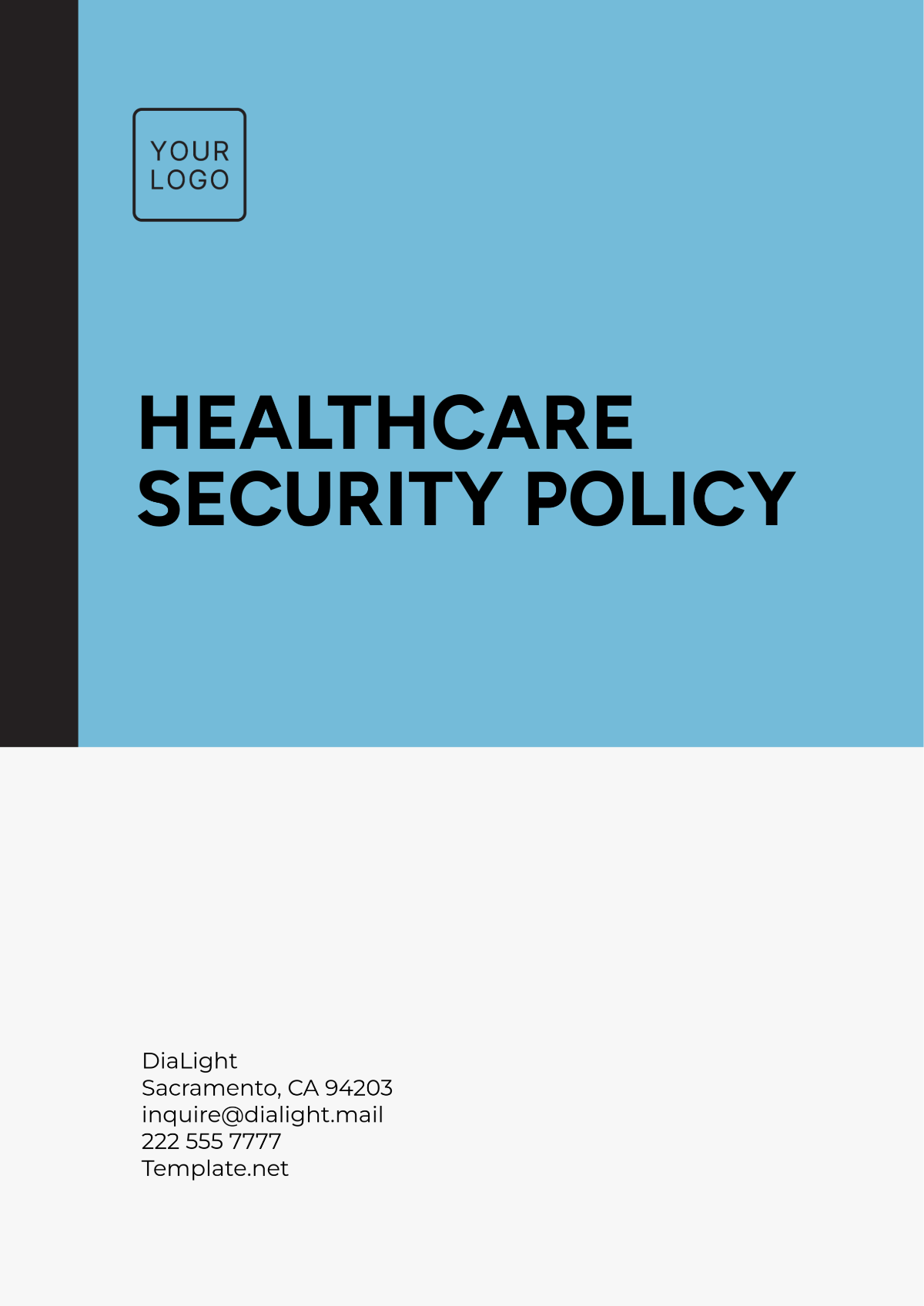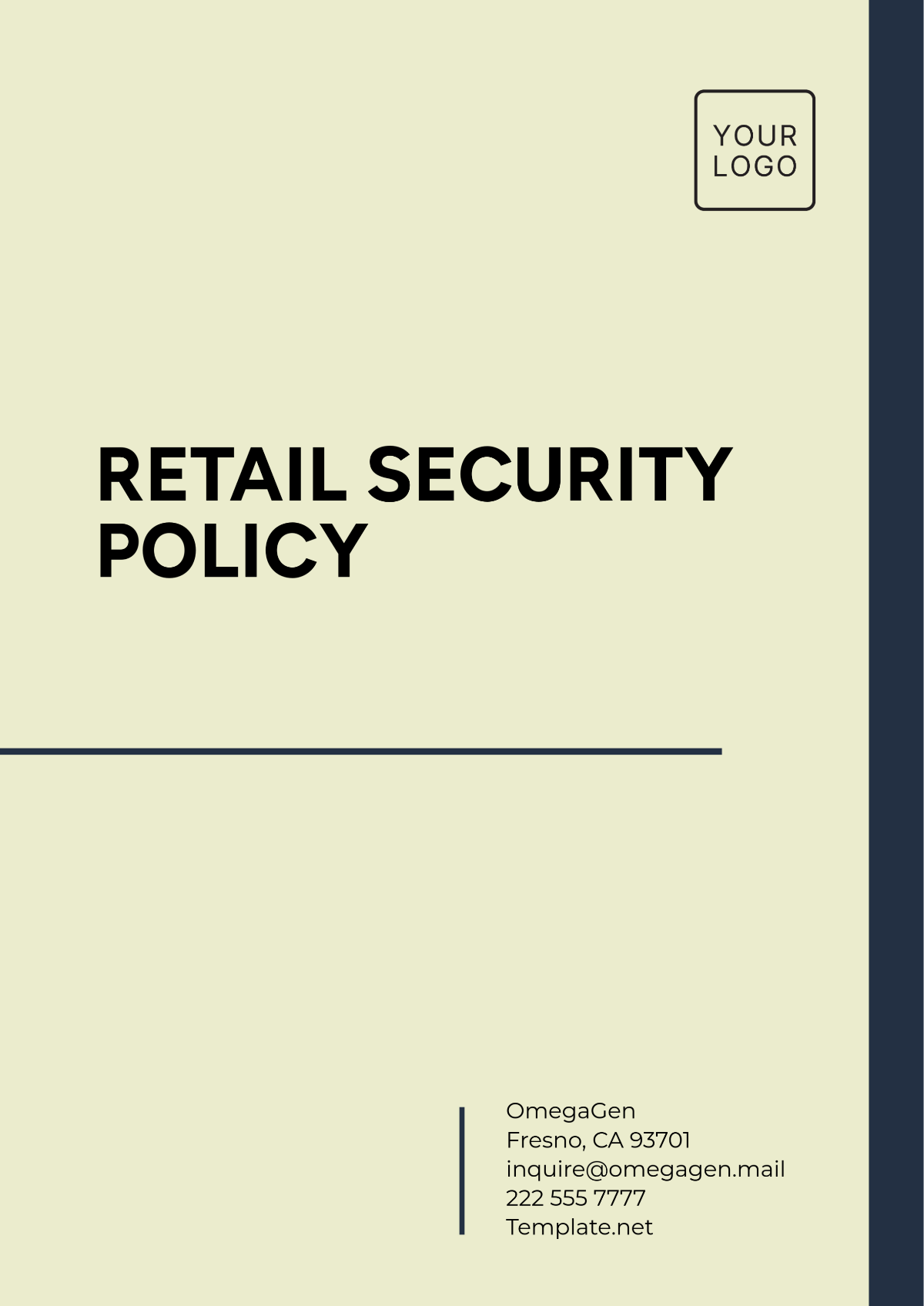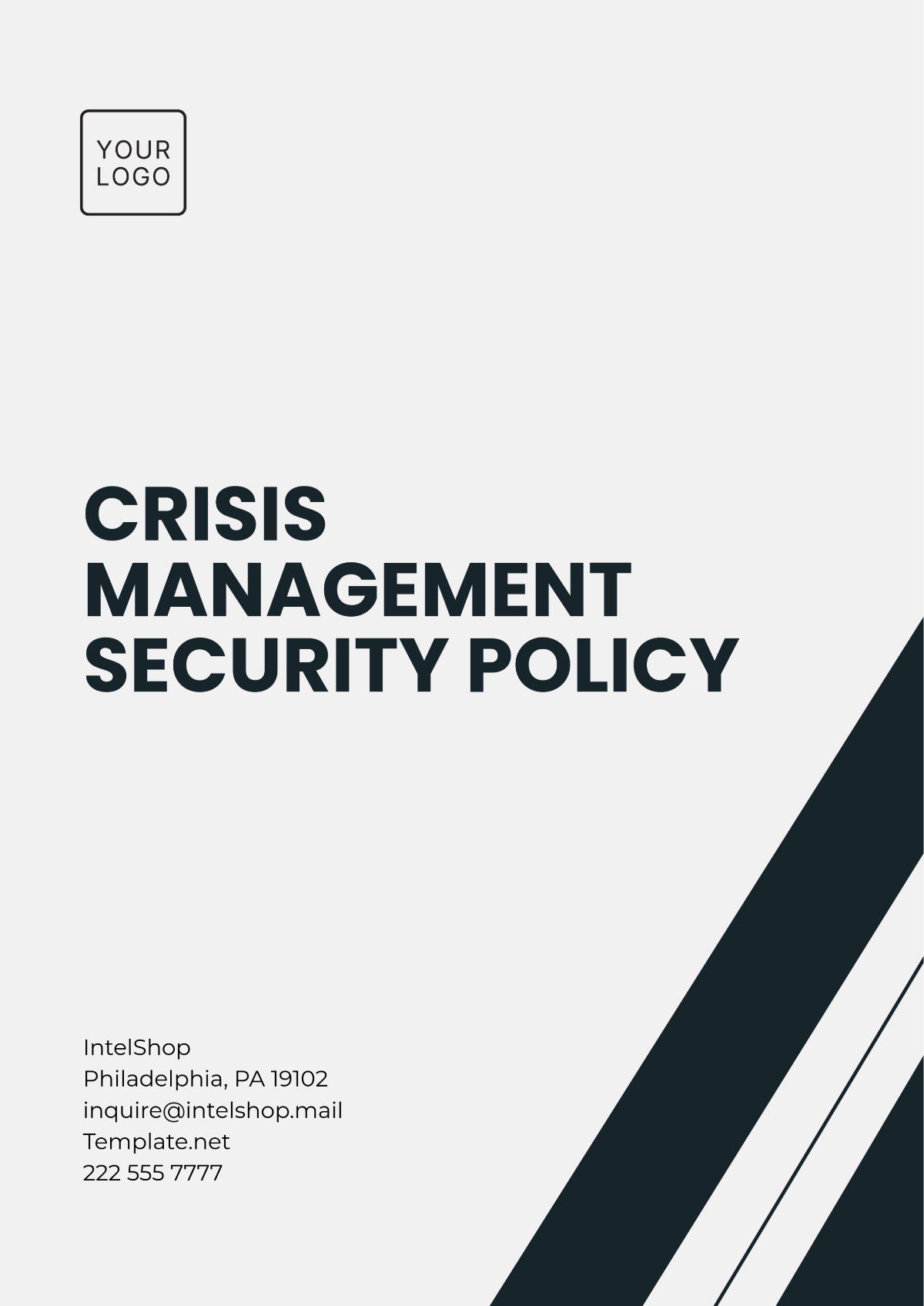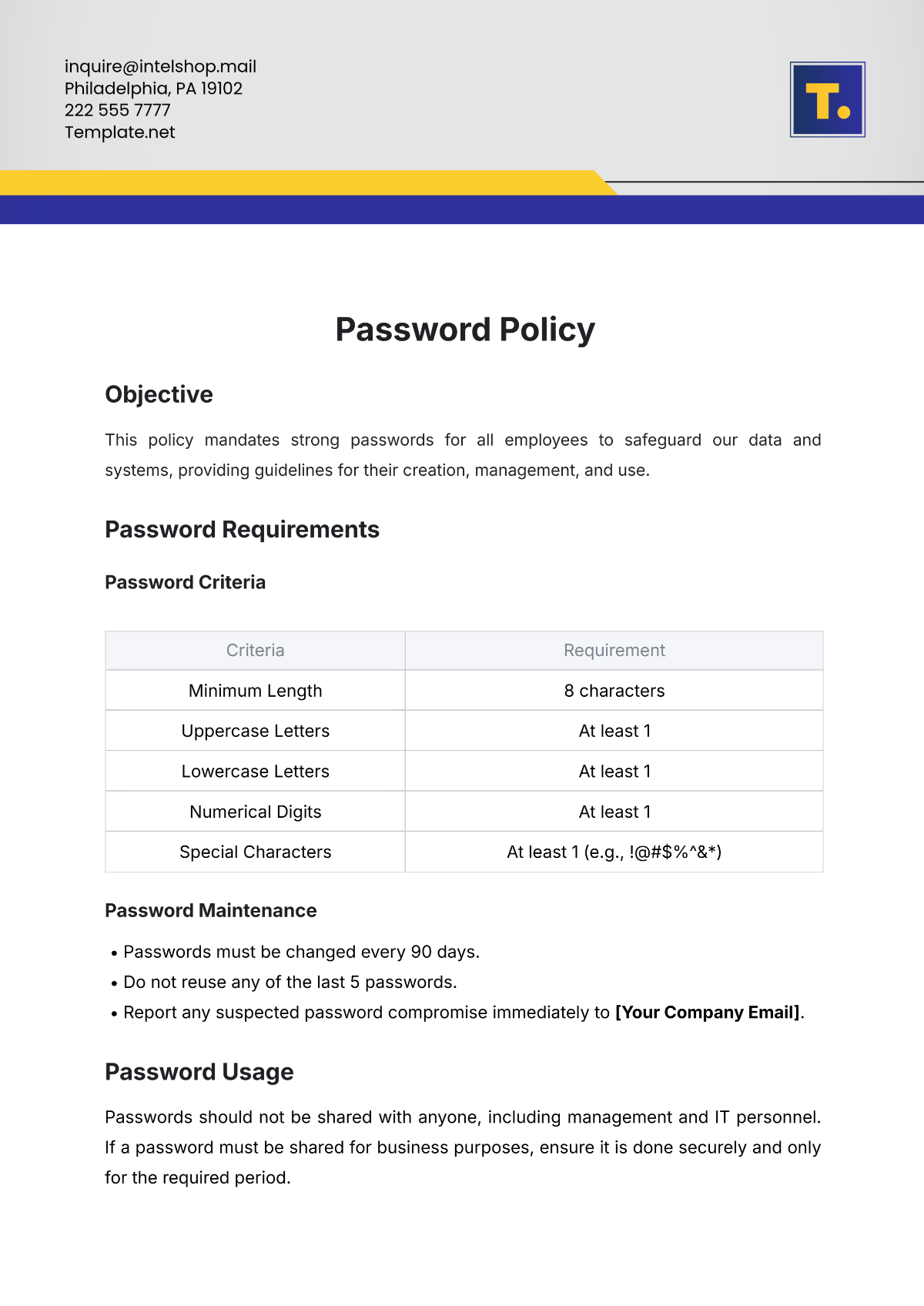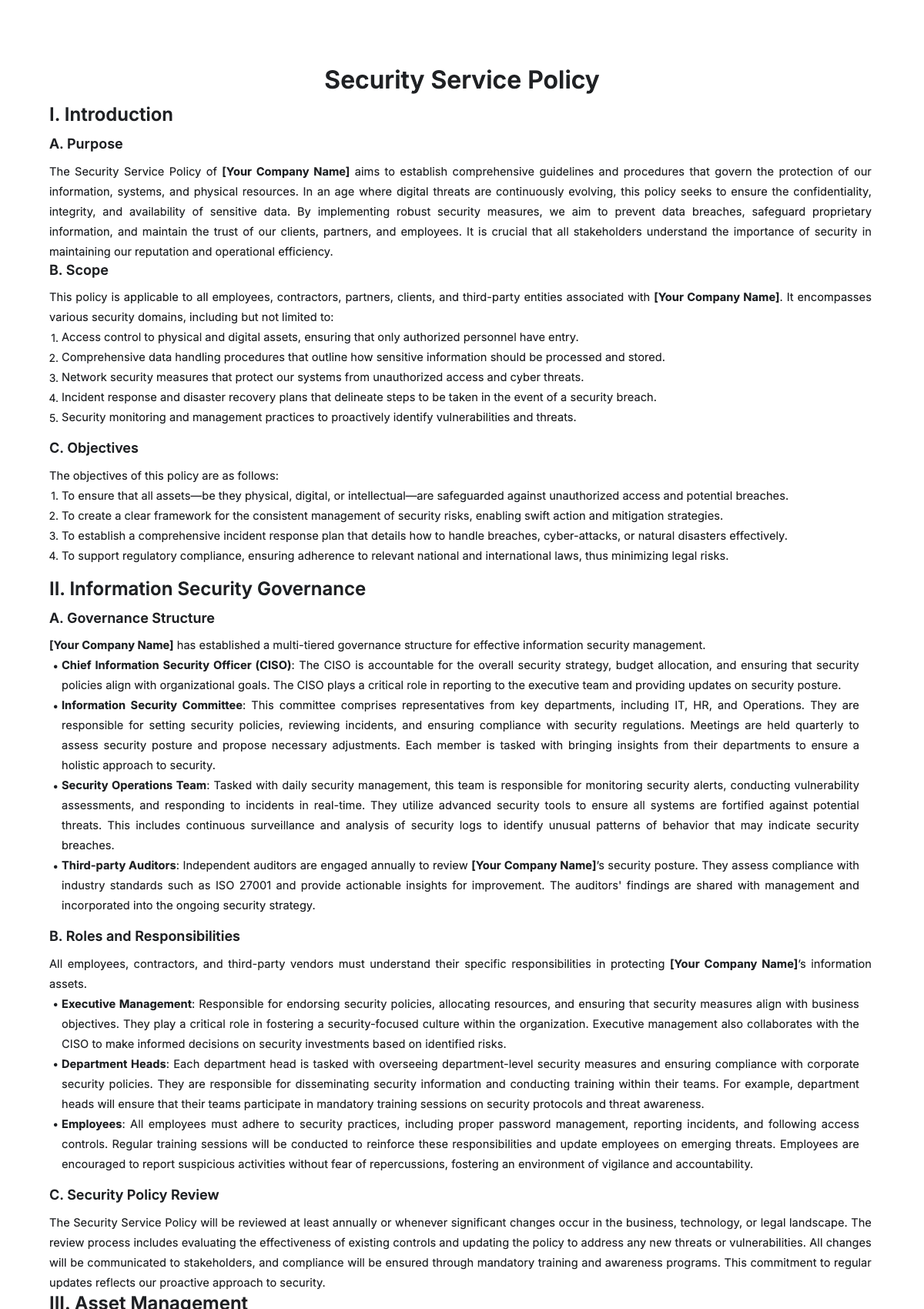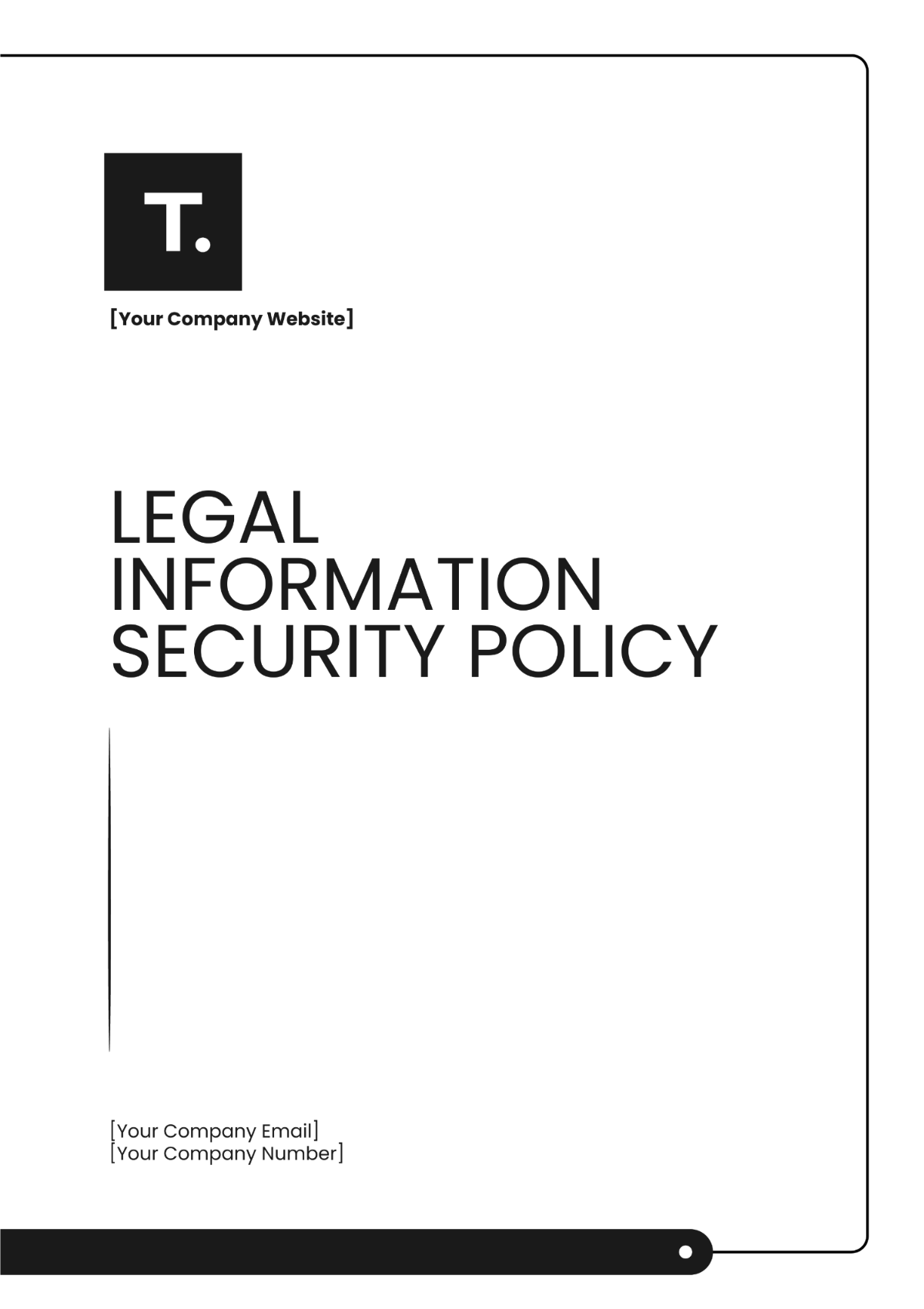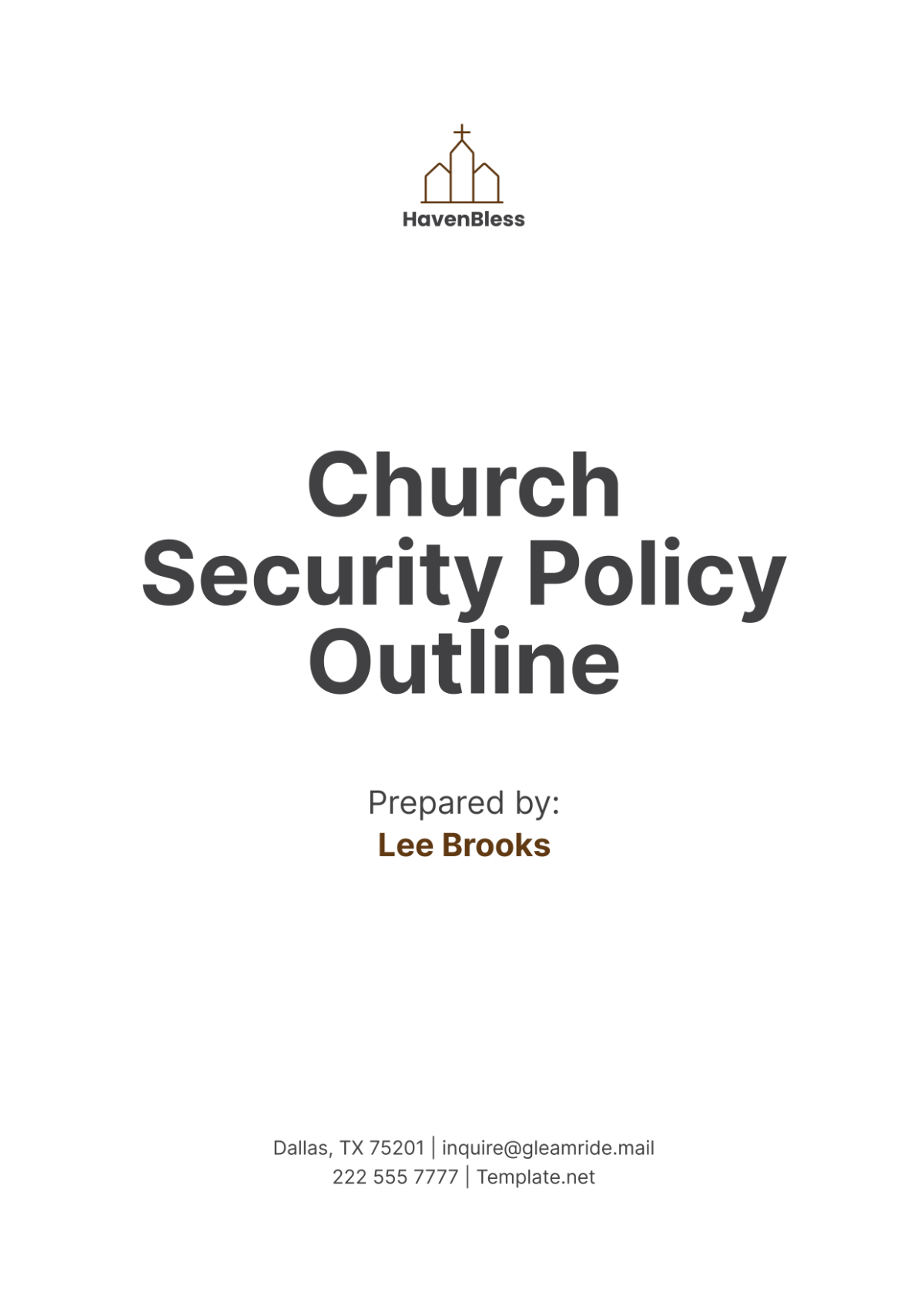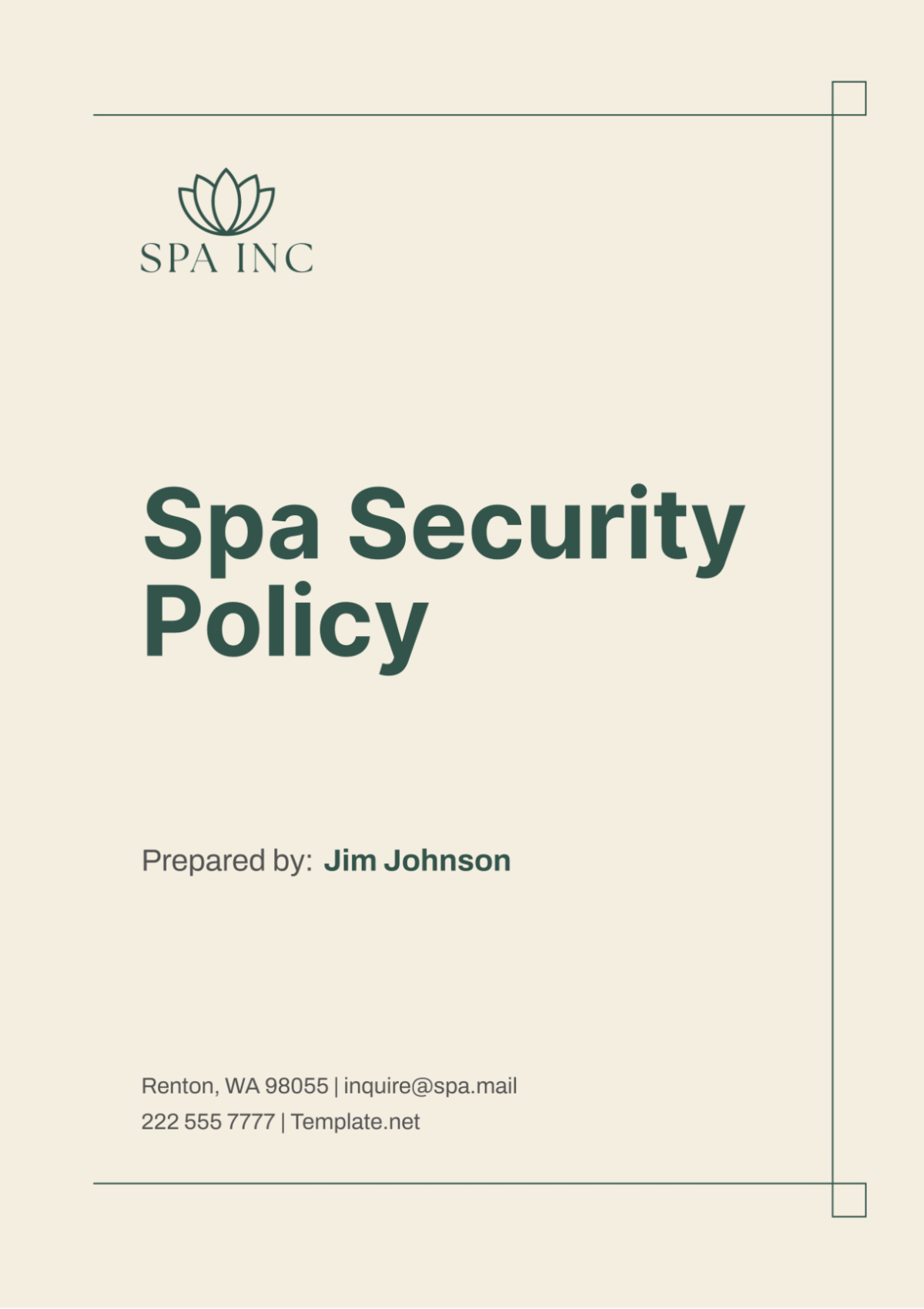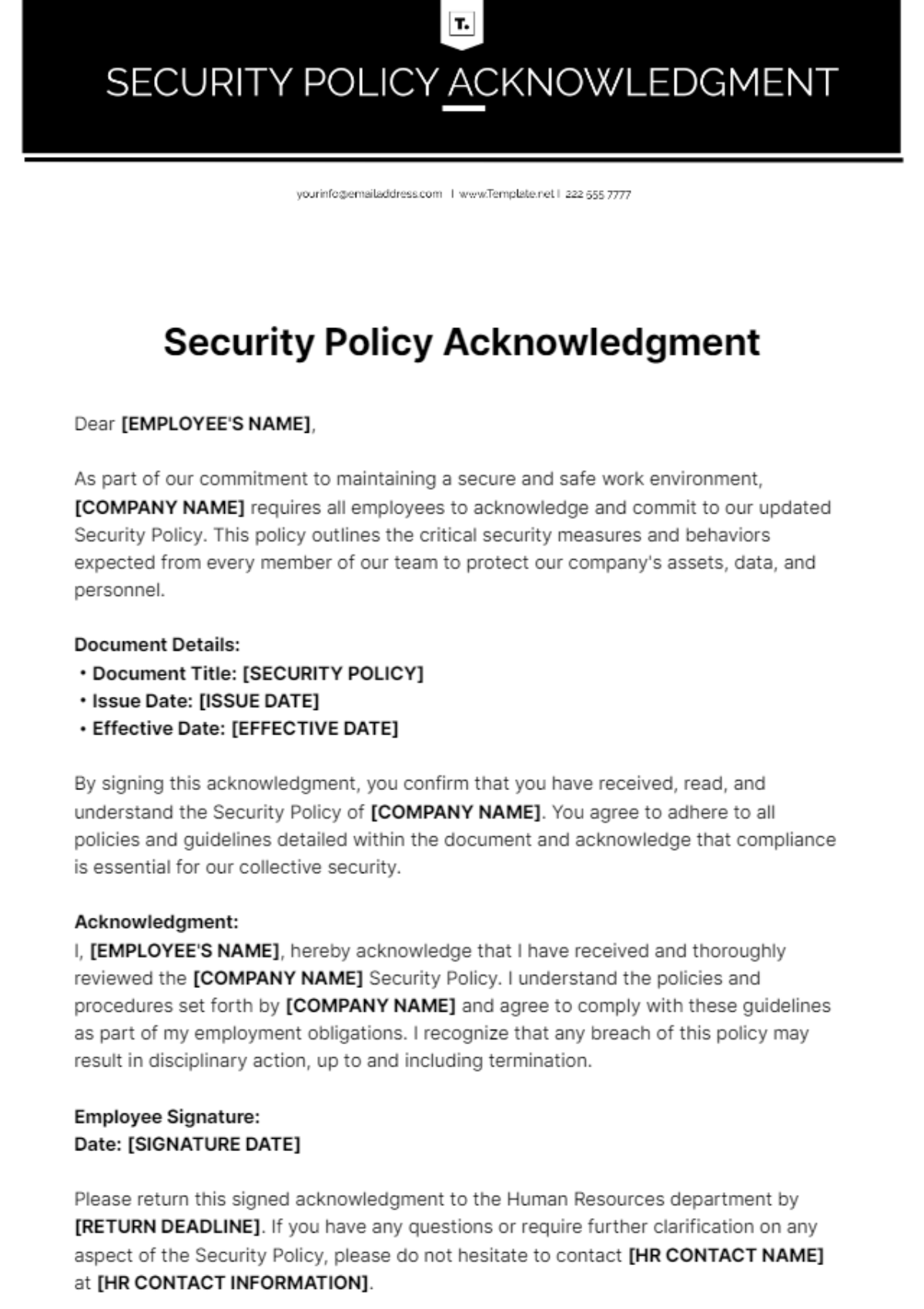Administration Cybersecurity Policy
I. Policy Statement
[Your Company Name] acknowledges the significance of safeguarding its administrative systems, data, and resources from unauthorized access, disclosure, alteration, or destruction through robust cybersecurity measures. This policy articulates the guidelines and procedures essential for ensuring the effective administration of cybersecurity measures across the organization.
II. Scope
This policy is applicable to all employees, contractors, third-party vendors, and any individuals granted authorized access to [Your Company Name]'s administrative systems. These systems include network infrastructure, servers, databases, and administrative applications.
III. Roles and Responsibilities
Management: Executives and senior management are accountable for providing leadership, allocating resources, and supporting the implementation and enforcement of cybersecurity policies and procedures.
IT Department: The IT department is responsible for implementing and maintaining cybersecurity controls, monitoring systems for security incidents, and conducting ongoing training and awareness programs.
Employees: All employees must adhere to cybersecurity policies and procedures, promptly report any security incidents or concerns, and actively participate in cybersecurity awareness training.
IV. Cybersecurity Policy
A. Access Control
Access to administrative systems and resources will be granted based on the principle of least privilege, ensuring that individuals have access only to resources necessary for their roles and responsibilities.
User access will be regularly reviewed and updated to reflect changes in job responsibilities or employment status.
B. Authentication and Authorization
Strong authentication mechanisms, such as multi-factor authentication (MFA), will be implemented for accessing administrative systems and sensitive data.
Authorization controls will be enforced to ensure that only authorized individuals can perform specific actions within administrative systems.
C. Data Protection
Administrative data will be classified based on its sensitivity and importance, and appropriate encryption and access controls will be applied accordingly.
Regular backups of administrative data will be maintained to ensure data availability and integrity in the event of system failures or security incidents.
D. Network Security
Network segmentation and firewalls will be utilized to isolate administrative systems from non-administrative networks and control the flow of traffic.
Intrusion detection and prevention systems (IDPS) will be implemented to monitor network traffic and detect potential security threats.
E. System Configuration and Patch Management
Administrative systems will be configured securely following industry best practices and vendor recommendations.
Regular security patches and updates will be applied to administrative systems in a timely manner to address known vulnerabilities and reduce the risk of exploitation.
F. Incident Response
An incident response plan will be developed, documented, and regularly tested to ensure an effective response to security incidents involving administrative systems.
Security incidents will be promptly reported, investigated, and mitigated to minimize the impact on [Your Company Name]'s operations and data.
G. Training and Awareness
Regular cybersecurity training and awareness programs will be provided to employees to educate them about cybersecurity risks, best practices, and their roles and responsibilities in maintaining cybersecurity.
Employees will be informed about the latest cybersecurity threats and trends to enhance their ability to recognize and respond to potential security incidents.
V. Compliance and Audit
Compliance with this policy and related cybersecurity standards, regulations, and contractual obligations will be regularly assessed through audits, assessments, and reviews.
Any non-compliance or security issues will be addressed promptly through corrective actions to mitigate risks and improve cybersecurity posture.
VI. Policy Review and Updates
This Administration Cybersecurity Policy will be reviewed periodically, at least annually, to ensure its effectiveness, relevance, and compliance with evolving cybersecurity threats, regulations, and industry standards.
Updates to the policy will be communicated to all relevant stakeholders, and employees will be provided with appropriate training and guidance on any changes.
VII. Policy Enforcement
Violations of this policy may result in disciplinary action, up to and including termination of employment or contract, as well as legal action if warranted.
Employees are encouraged to report any suspected violations of this policy to the appropriate authorities for investigation and resolution.
Approval
This Administration Cybersecurity Policy has been reviewed and approved by:
[Your Name], Chief Information Security Officer (CISO)
[Your Company Name]
Date: [Date]
Revision History
Revision | Description | Date | Approved By |
|---|---|---|---|
1.0 | Initial Policy Draft | [Date] | [Your Name] |
1.1 | Updated sections on Incident Response and Training | [Date] | [Your Name] |
2.0 | Comprehensive review and updates | [Date] | [Your Name] |


